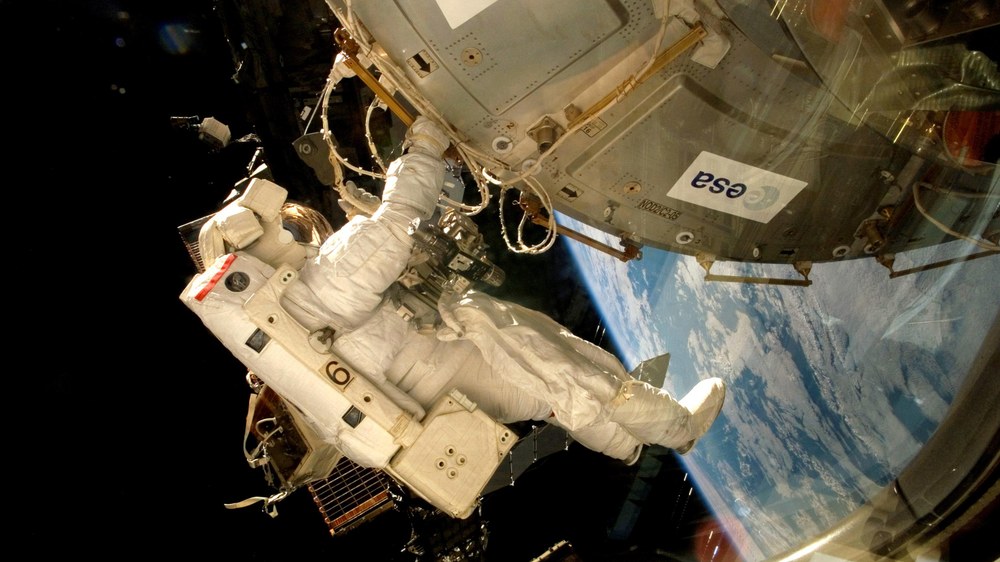The Columbus programme

In 1985, the Rome ESA Ministerial Council approved European participation in the International Space Station ISS. At the next Ministerial Council in The Hague in 1987, the ministers confirmed the Columbus programme and agreed on a three-year preparation phase.
The European contribution to the space station was to consist of a module (Columbus), permanently connected to the core station. The original programme was changed several times: Columbus was now to be launched using the Space Shuttle (rather than the Ariane 5), and the module was to be shorter than originally envisaged.
The International Space Station IGA (Intergovernmental Agreement) was signed by eleven European countries, Canada, the US, Japan and Russia. The details, responsibilities, crew numbers and maintenance of the space station have been agreed on in identical MOUs (Memorandum of Understanding) between the US and each partner.
In return for supplying the Columbus module, Europe is entitled to use 51 percent of the Columbus laboratory's capacity, which amounts to 5.3 percent of the total station capacity including the external payload platforms on the module, and to about 8.3 percent of the ISS resources (such as power supply, data communication and crew time) available to the Western ISS partners.
Current status
On 7 February 2008, the European Columbus laboratory was launched and became an integral part of the International Space Station, bringing years of organisation and hard work to fruition. With a projected lifetime of ten years, it will write history as the first European space laboratory dedicated to long-term research under space conditions.
The German astronaut Hans Schlegel and his French colleague Léopold Eyharts were crew members on the Columbus assembly and commissioning mission and took off on space shuttle Atlantis flight STS-122 from the Kennedy Space Center in Florida as part of a seven-man crew together with five NASA colleagues.
The Columbus mission consists of different parts. In the first part, the European laboratory was attached to the ISS, activated and commissioned during the eleven-day STS-122 mission. During the third extra vehicular activity (EVA), astronauts attached the European external experiment package and performed other assembly and maintenance work. During his stay in space, Hans Schlegel also carried out experiments and PR activities.
After undocking of the shuttle, the Columbus mission was continued by Léopold Eyharts, who remained on the station for three months as an ISS expedition crew member. In addition to his duties as second ISS flight engineer, he continued to commission Columbus, activate its internal experiment facilities and undertake European research, PR and educational activities.
